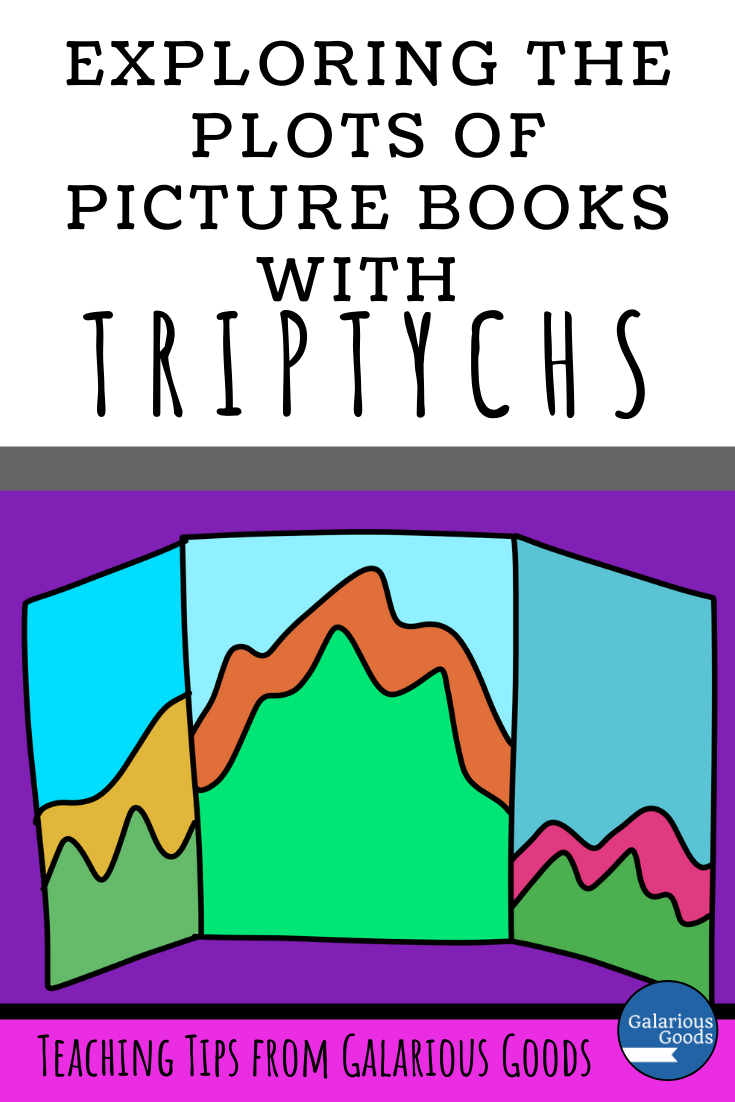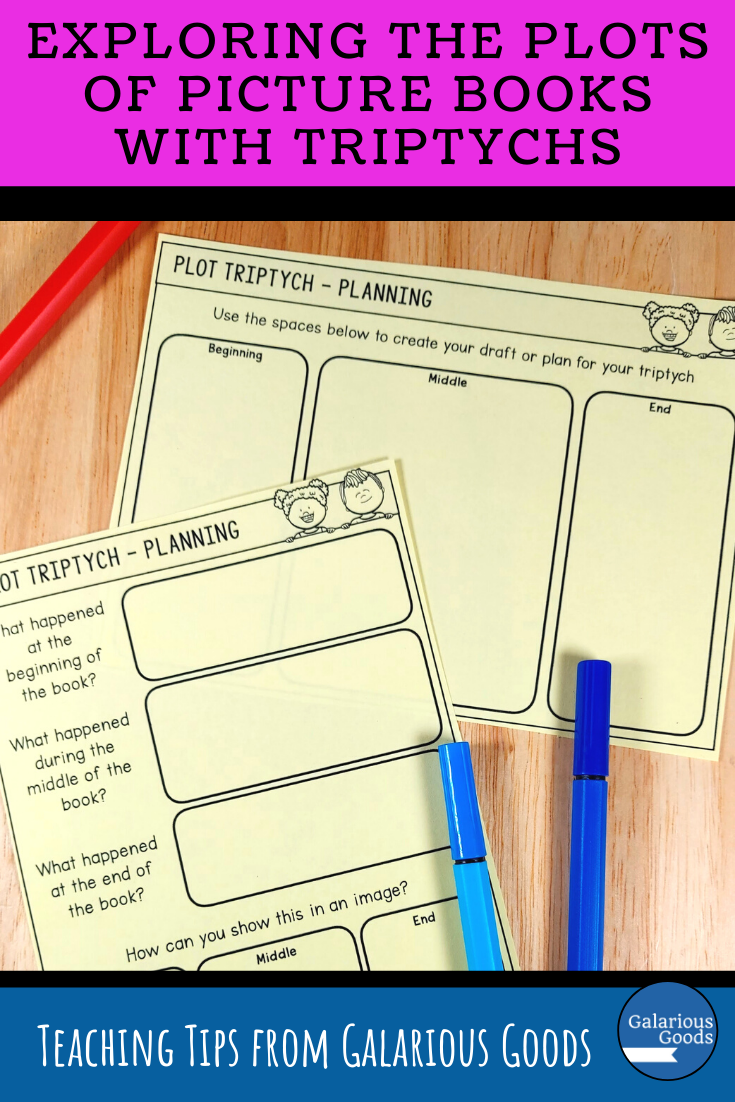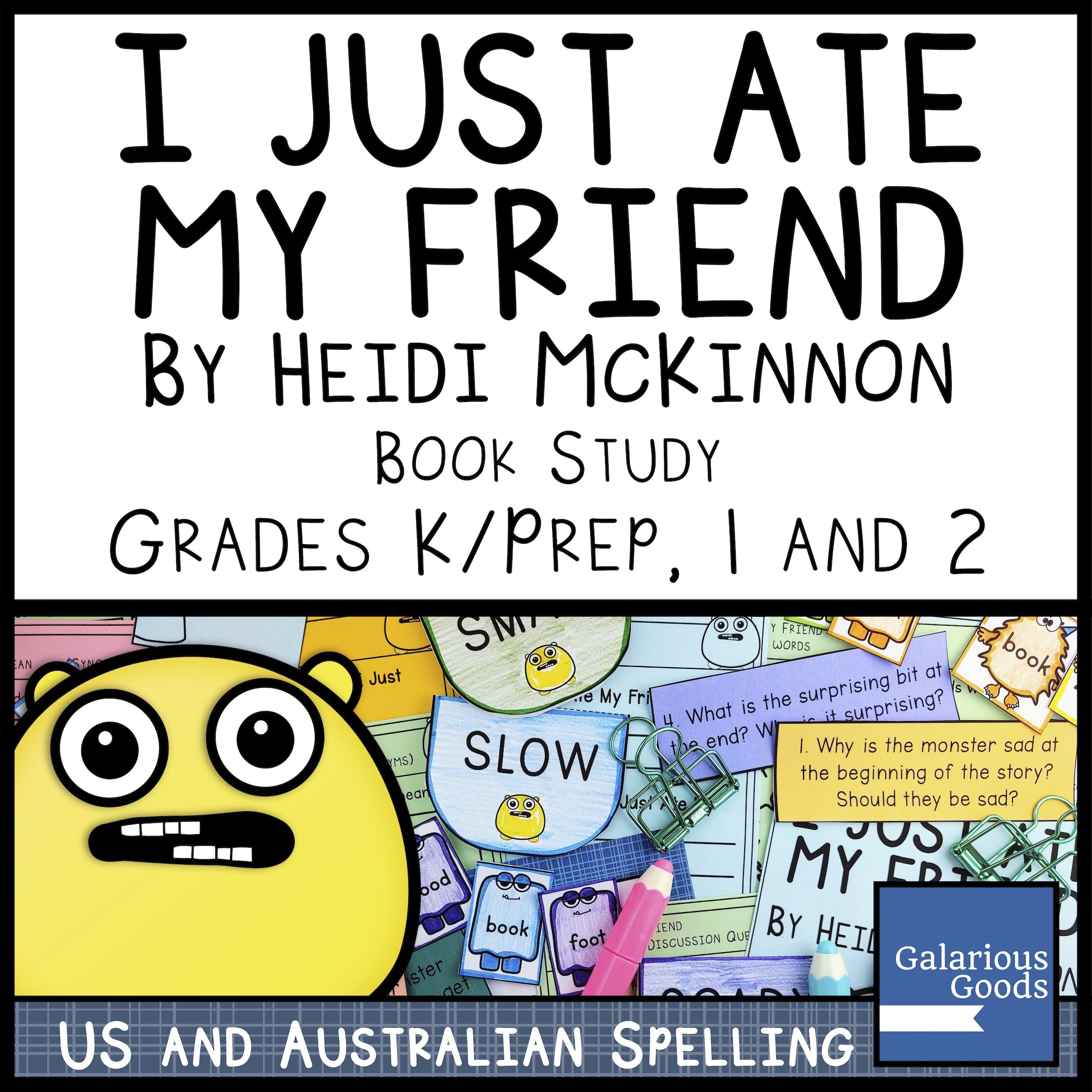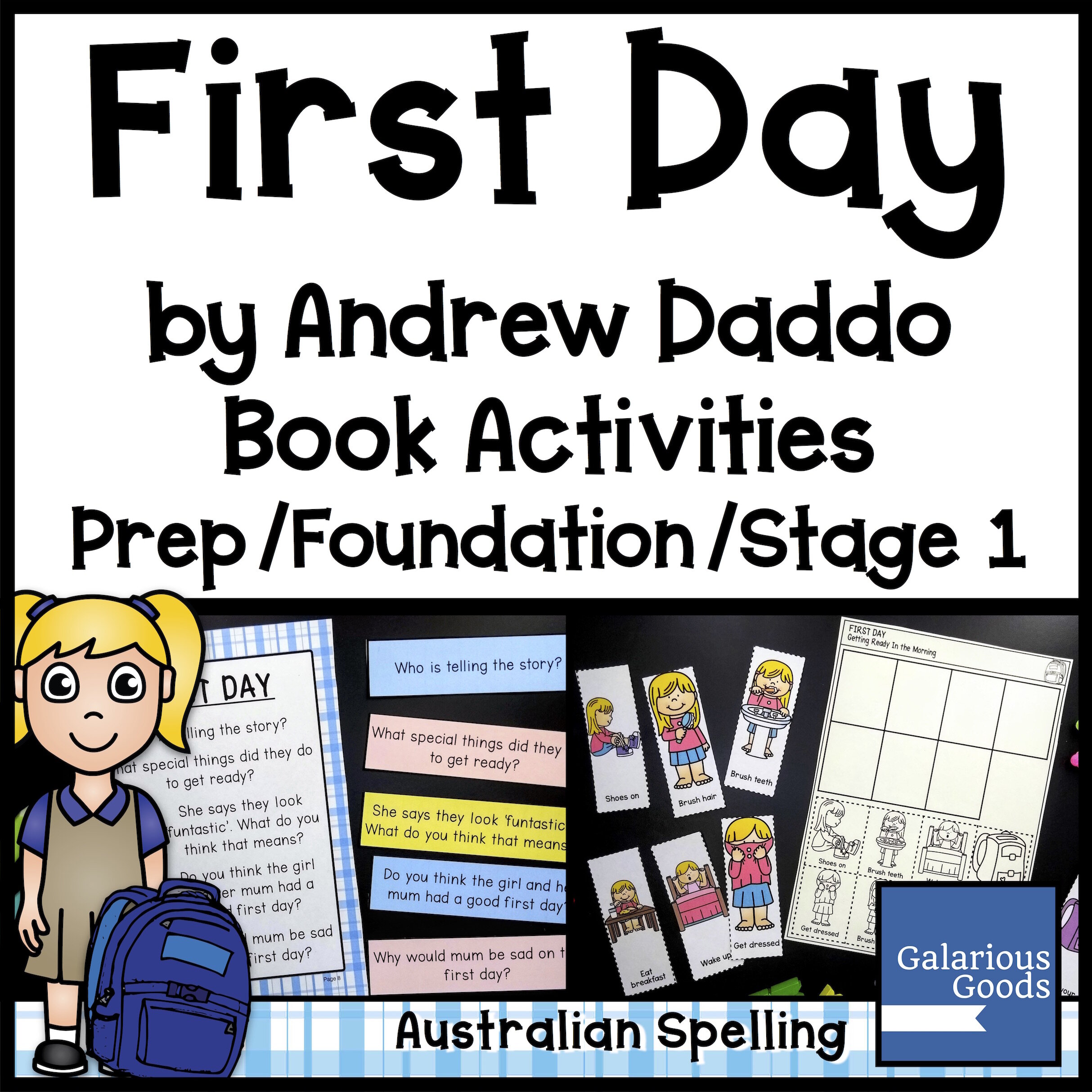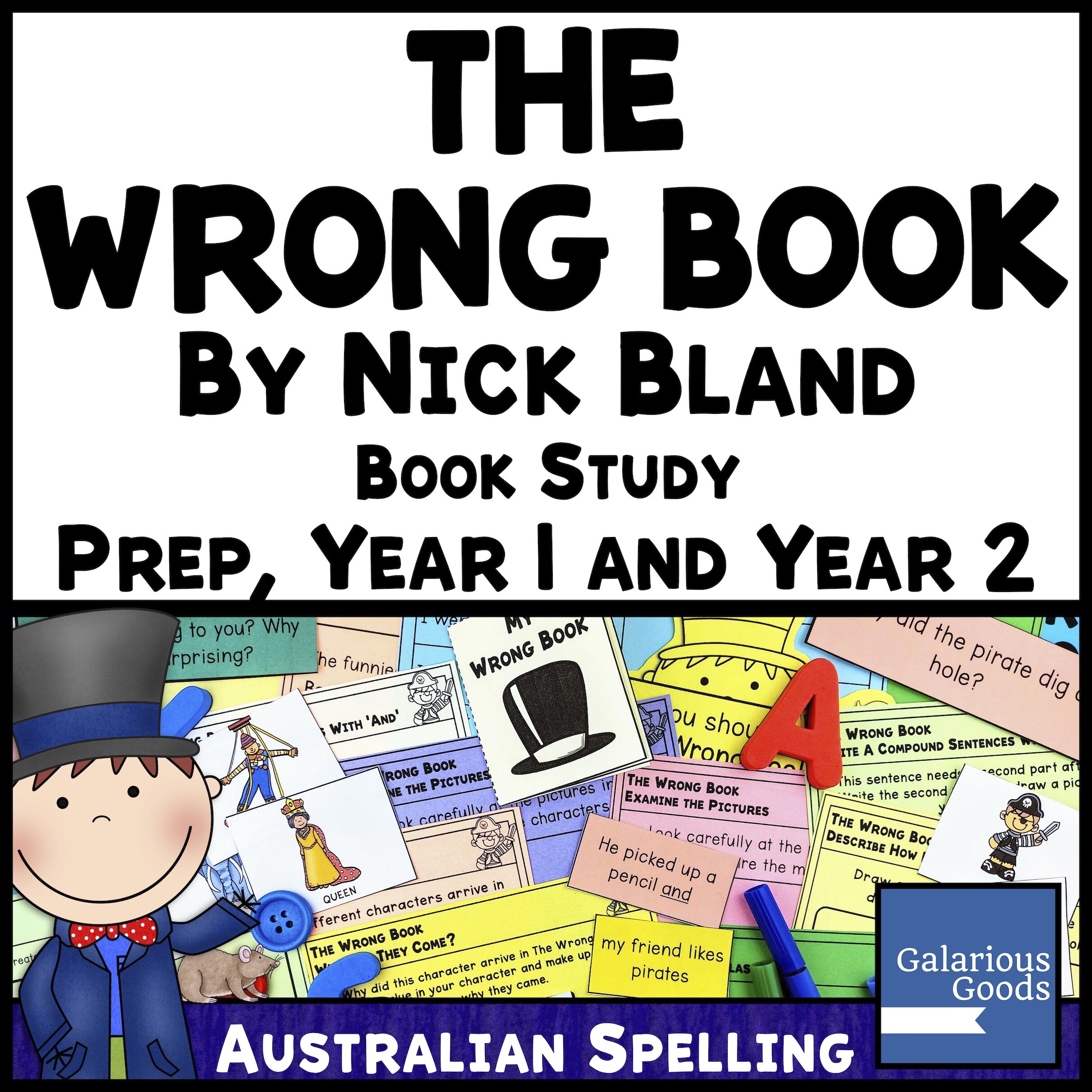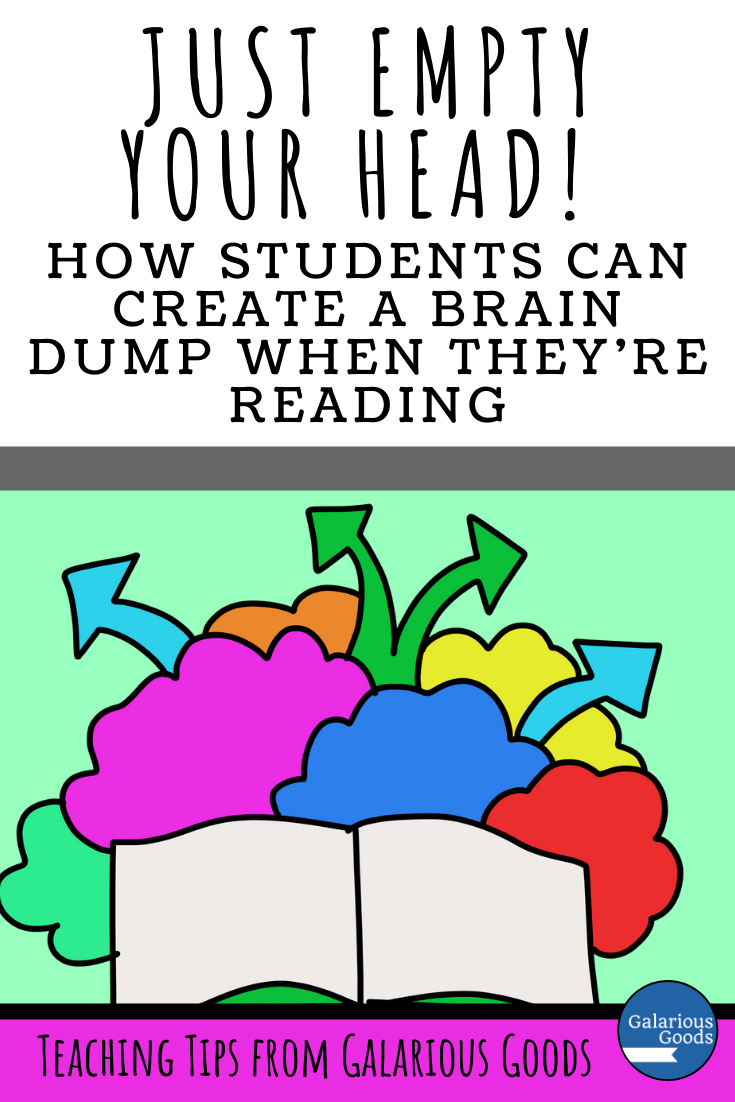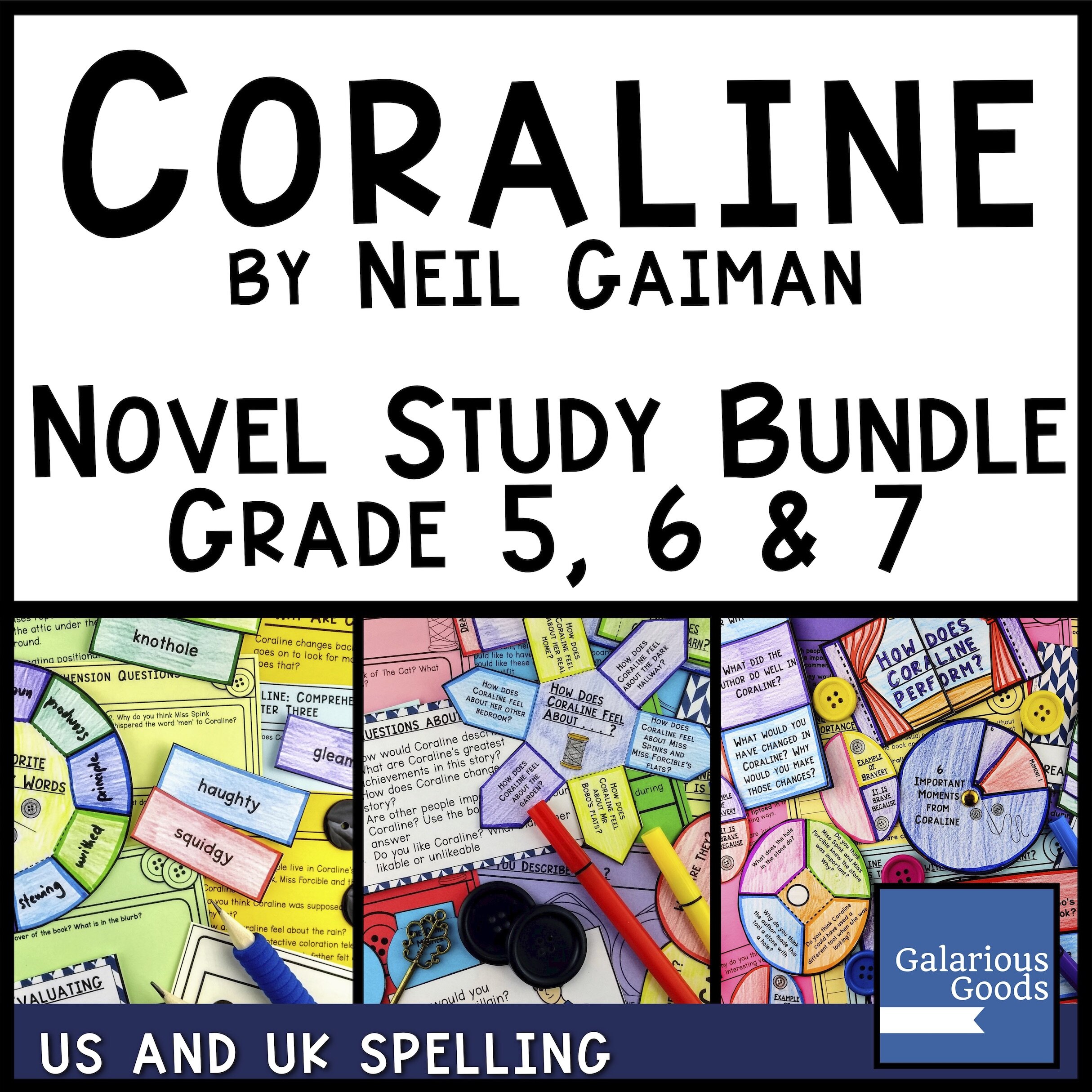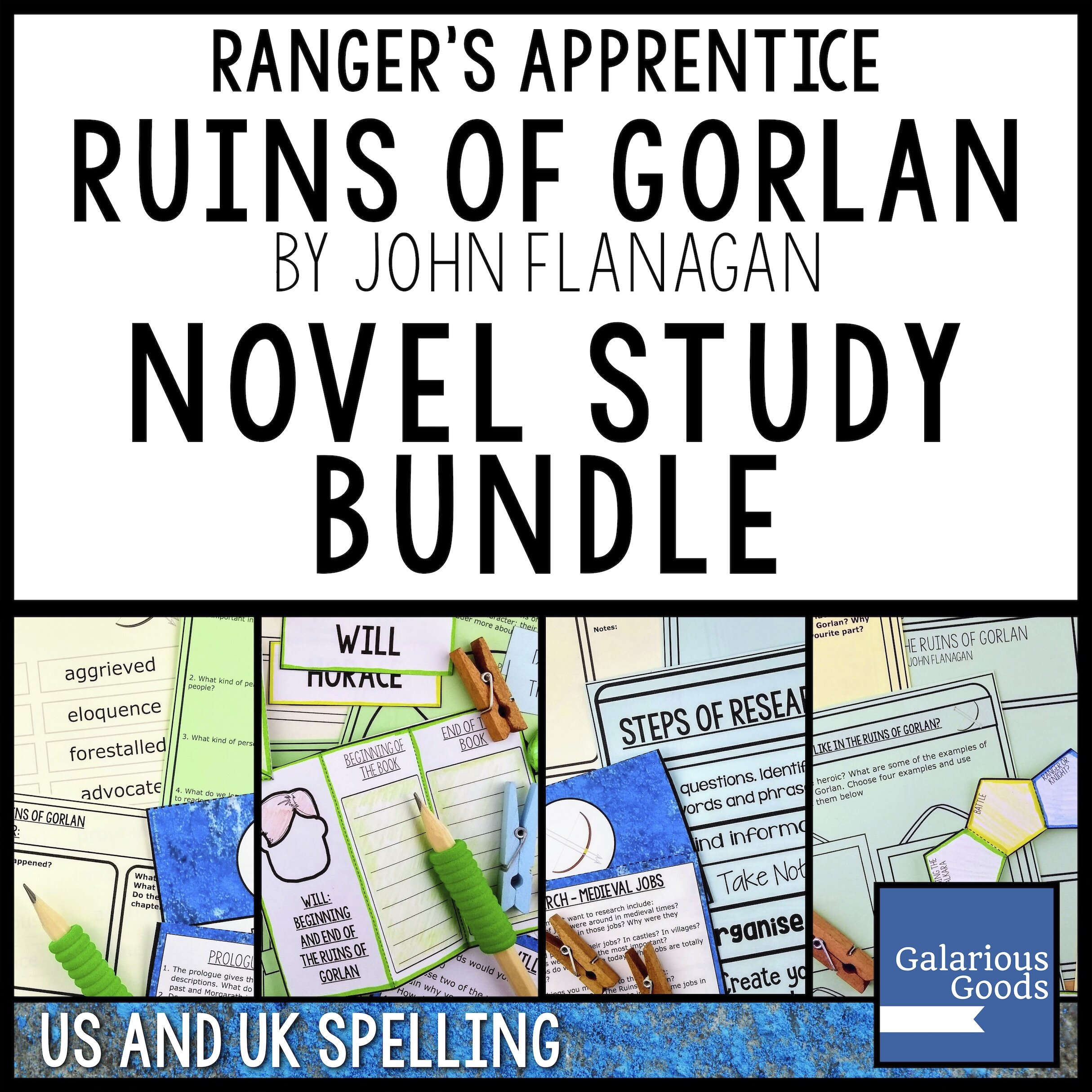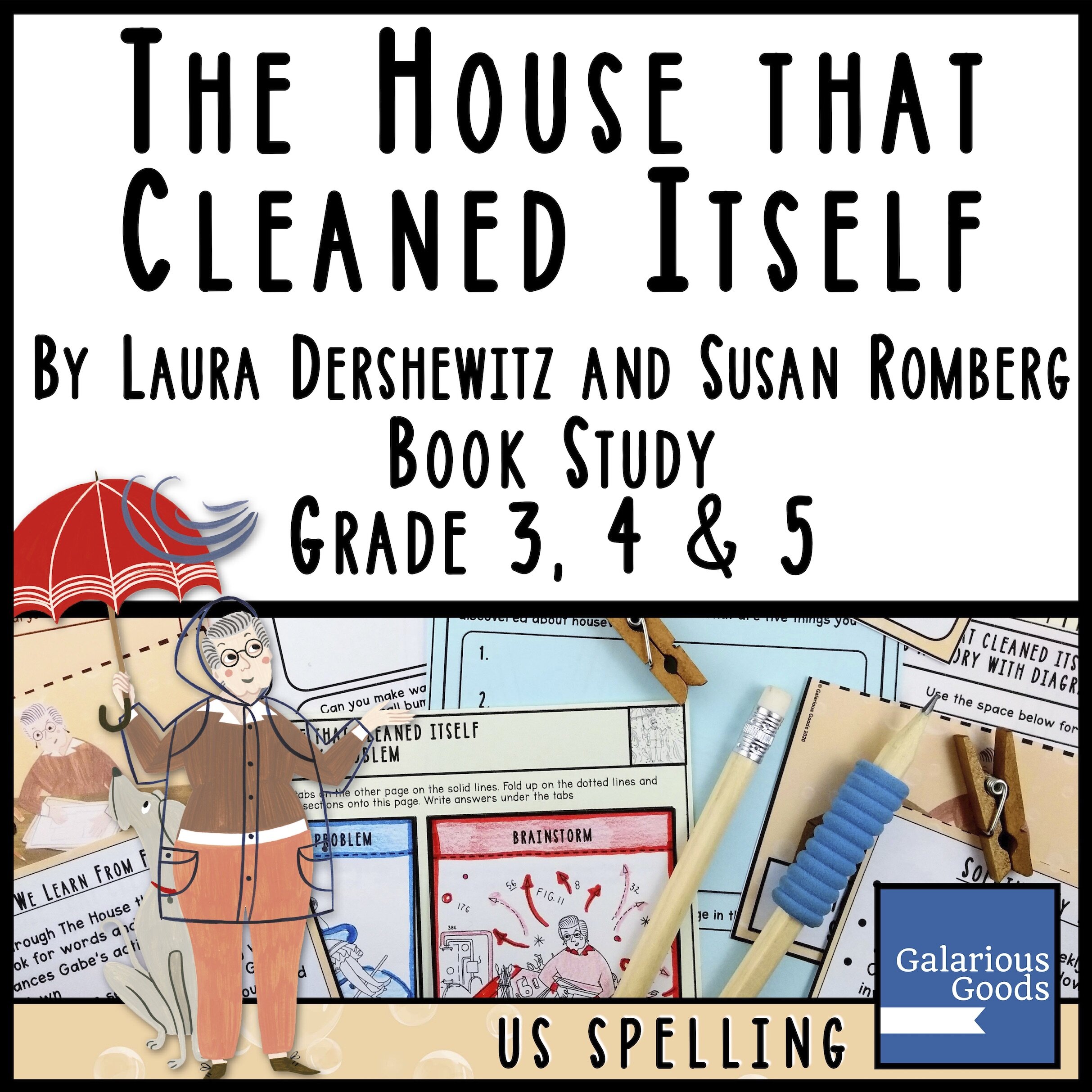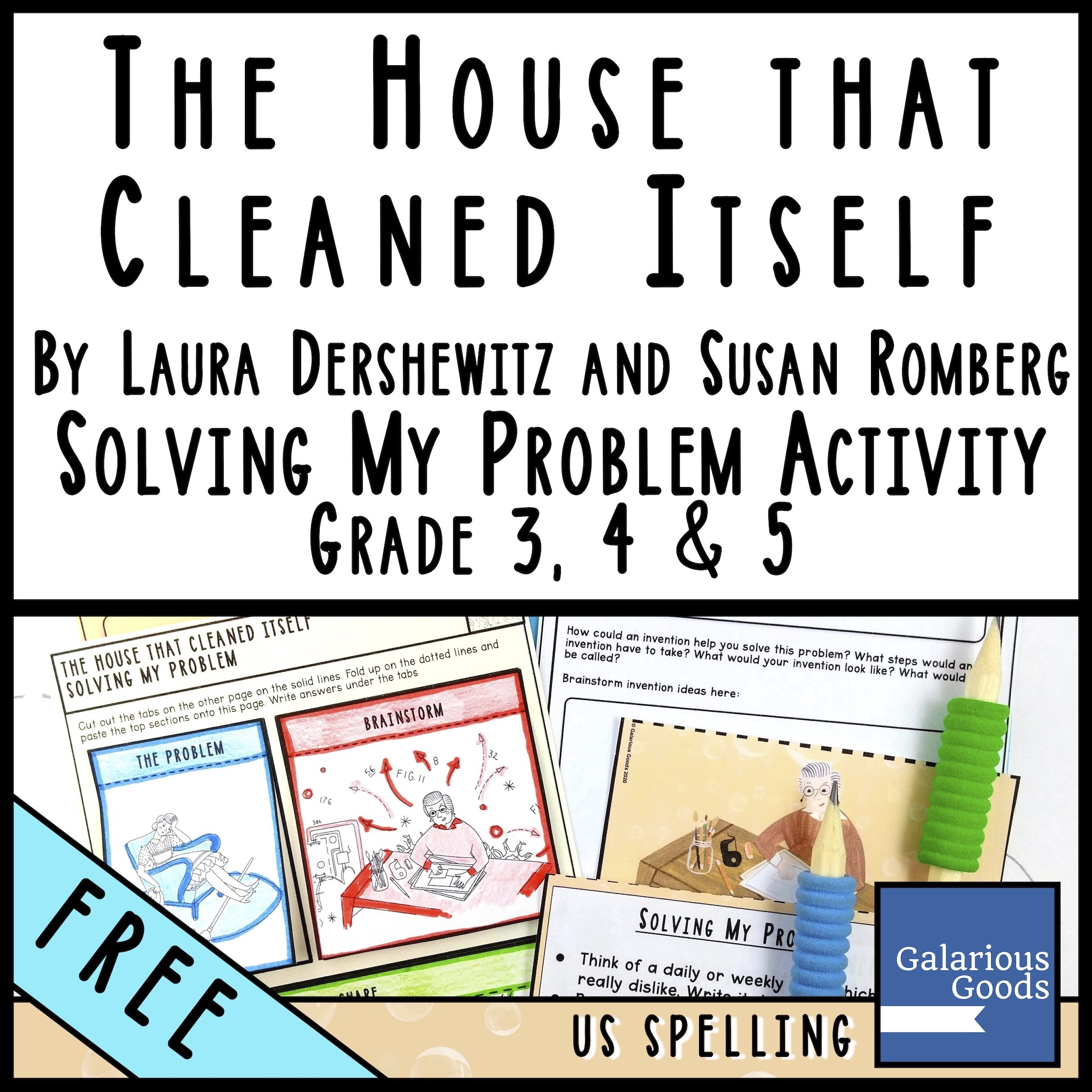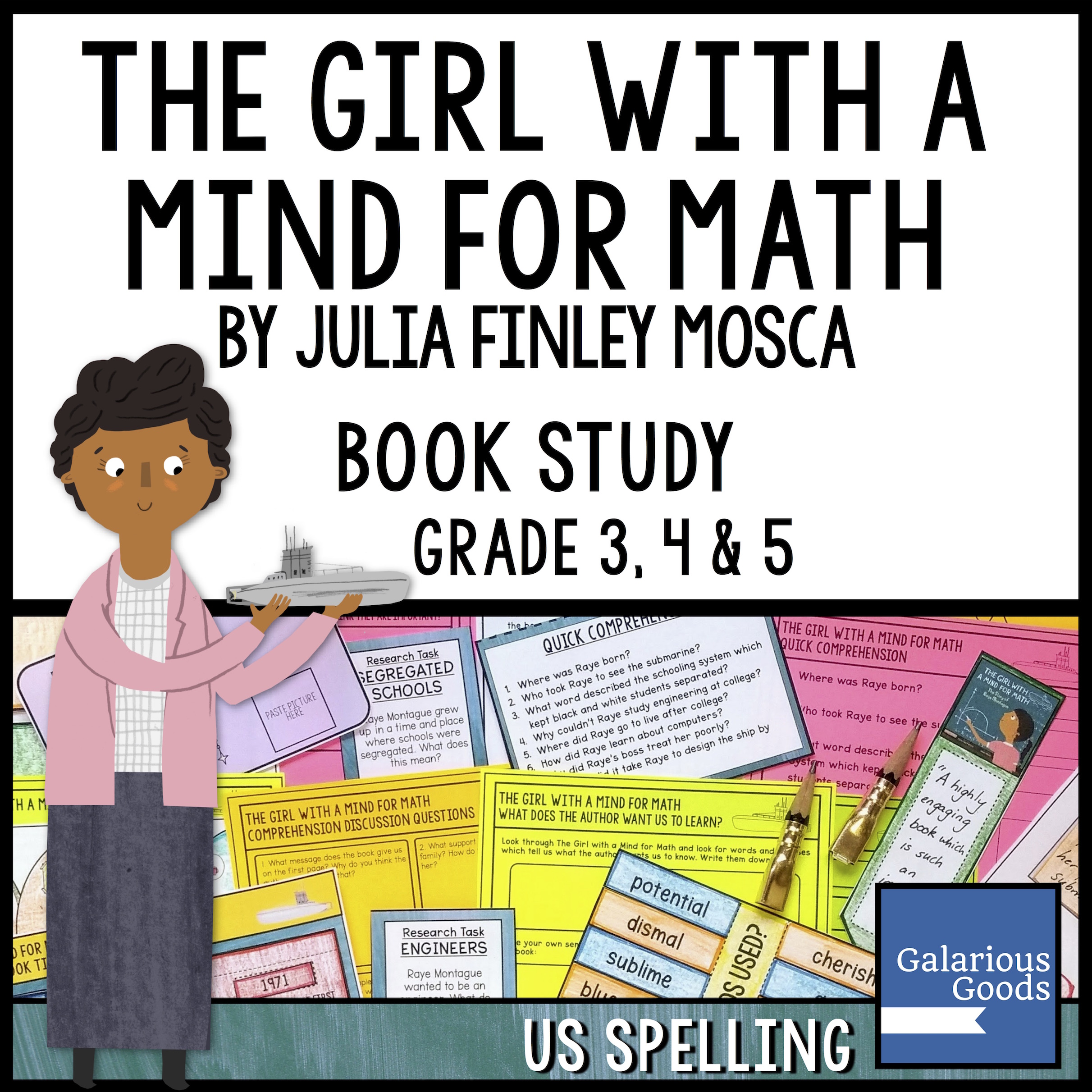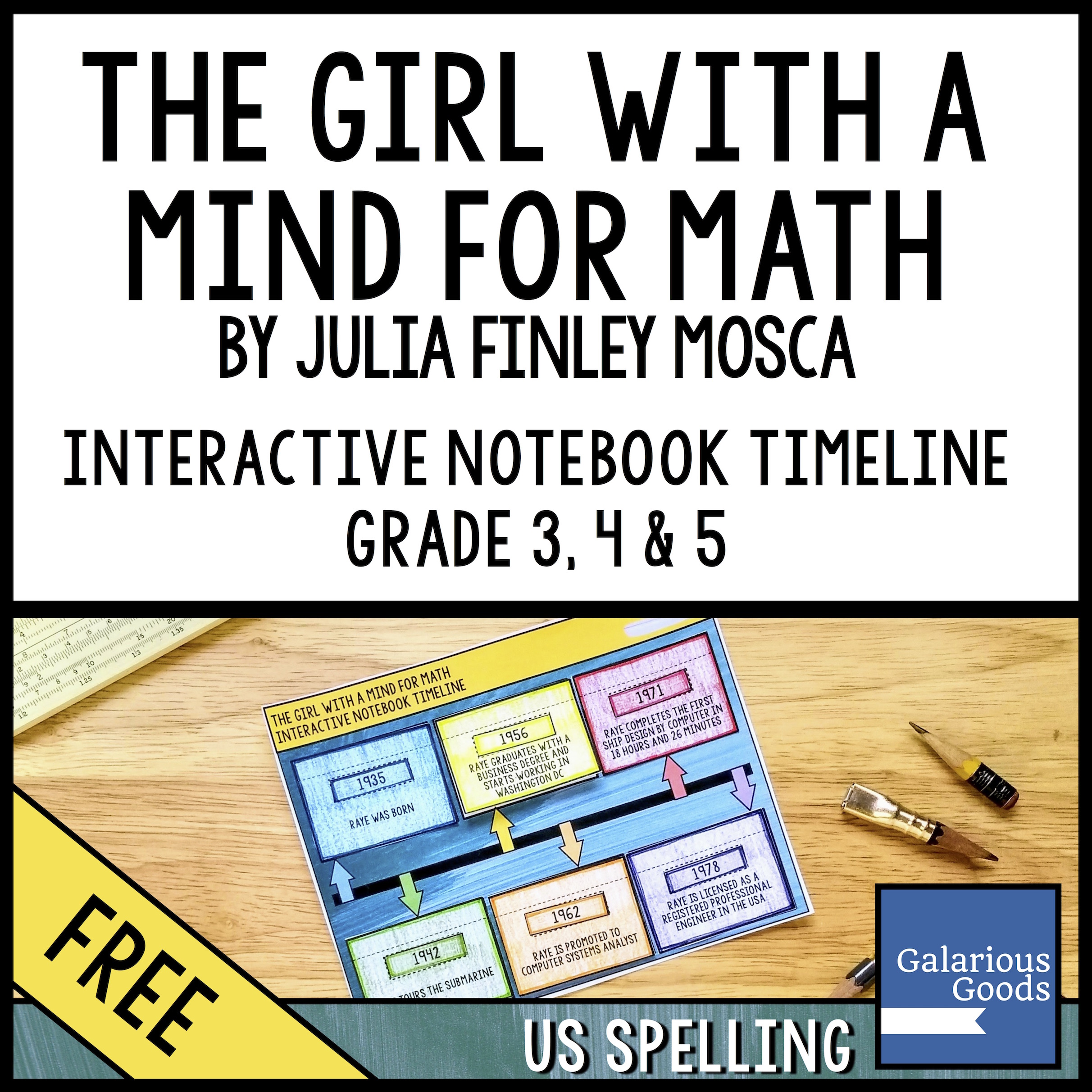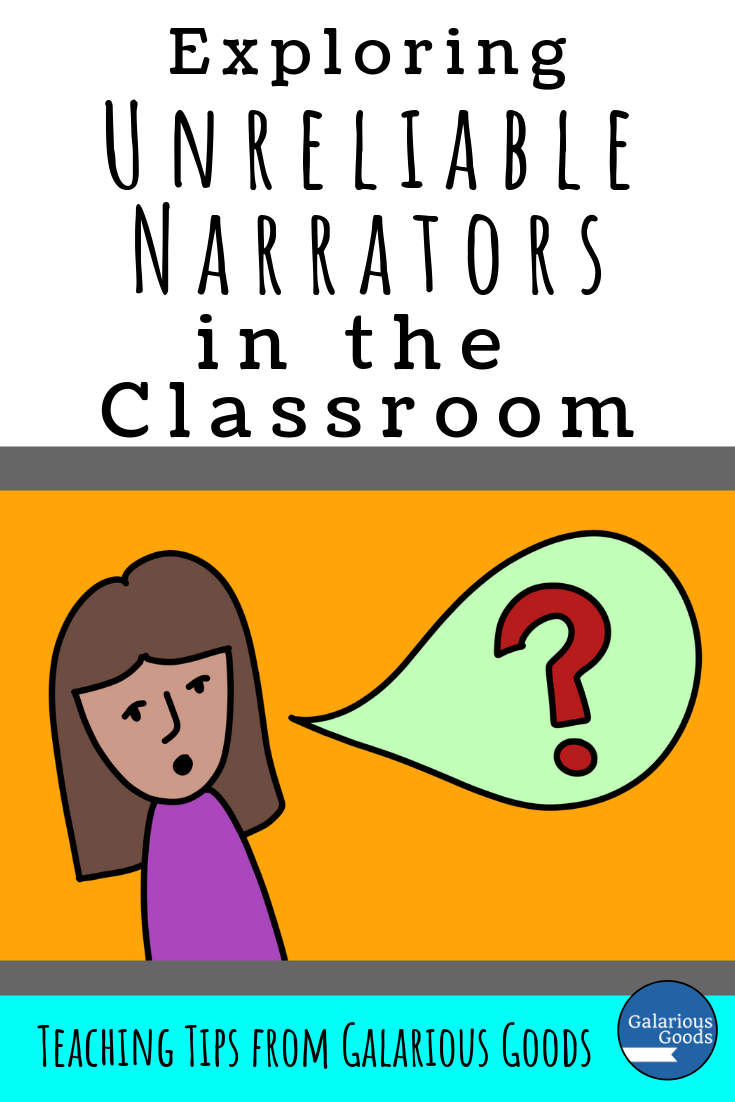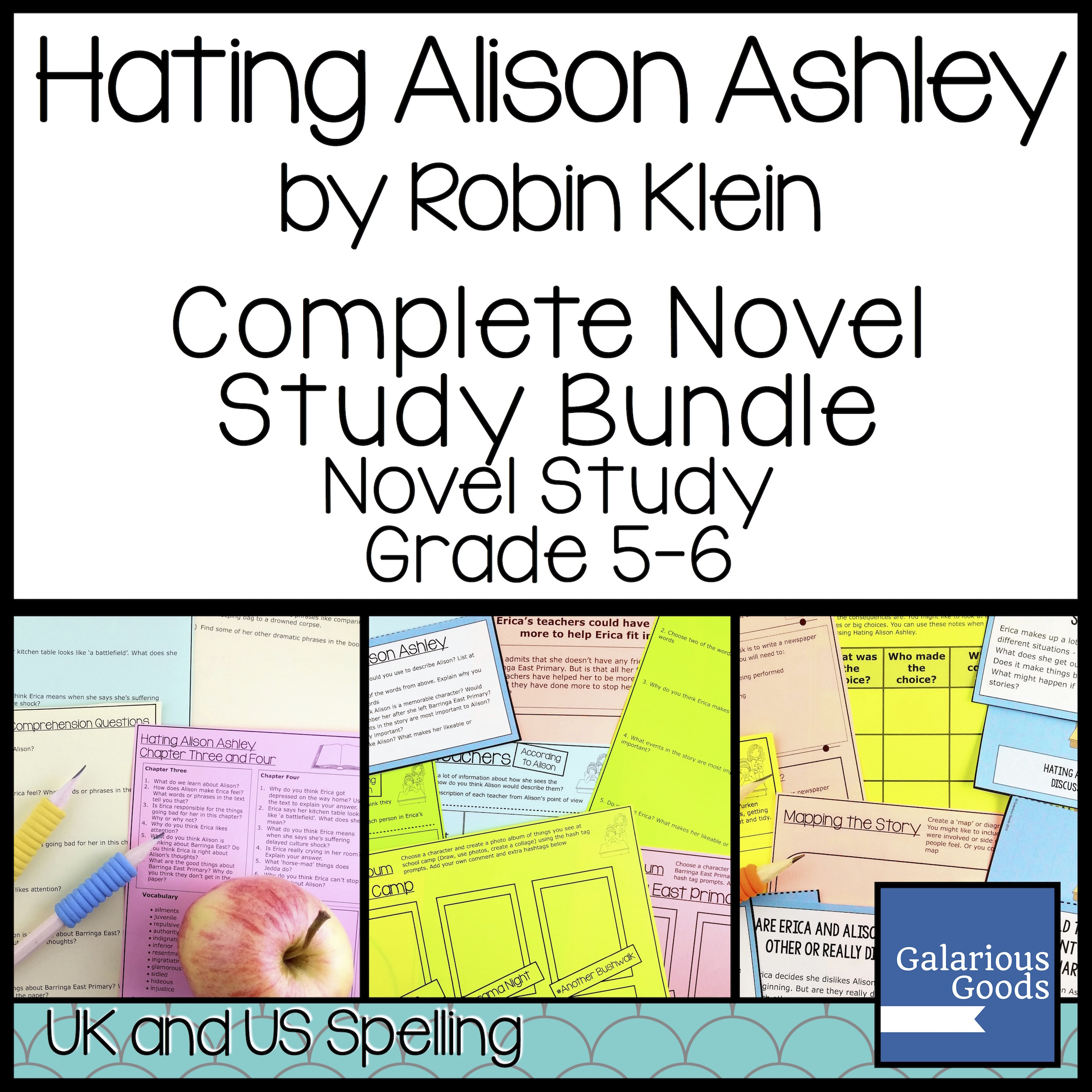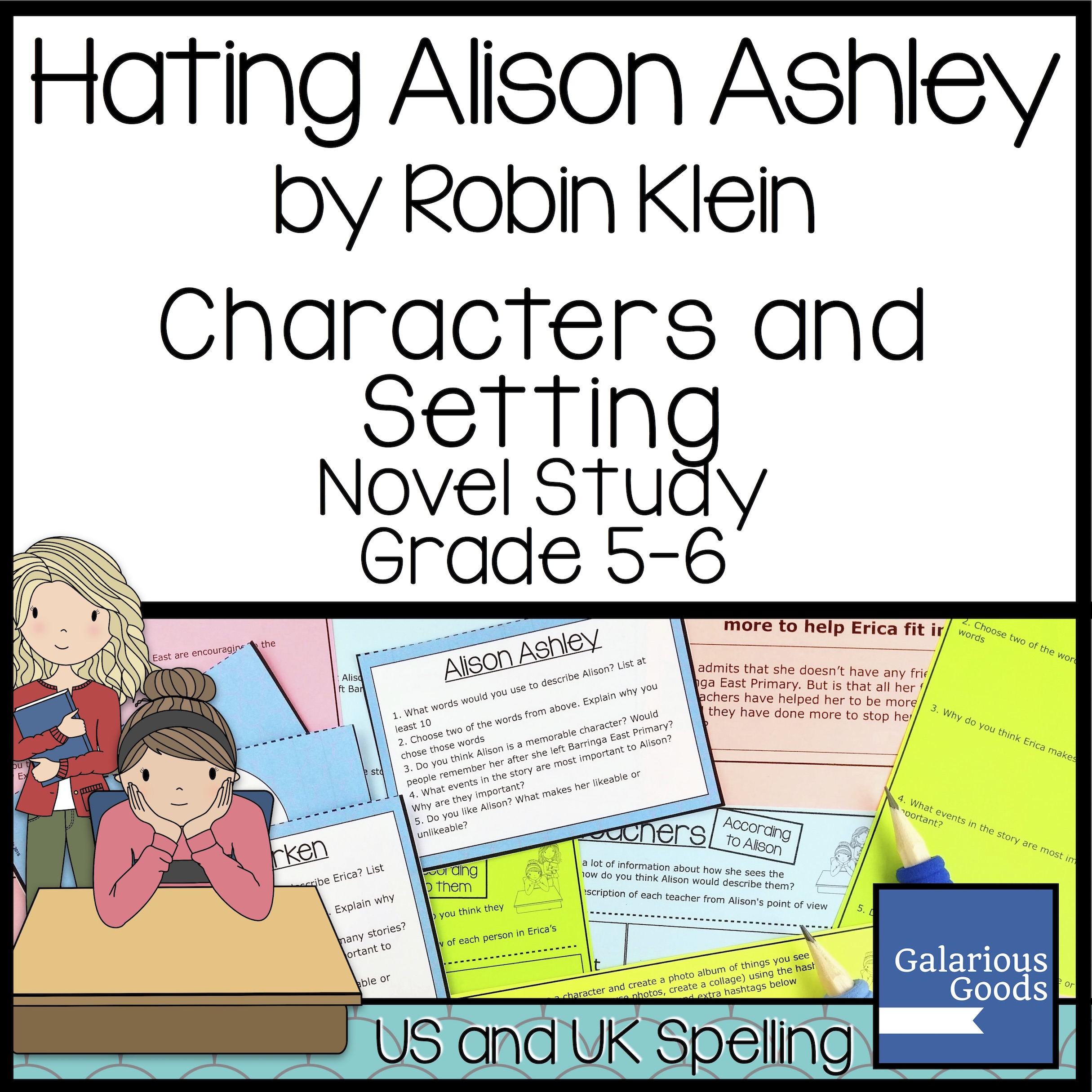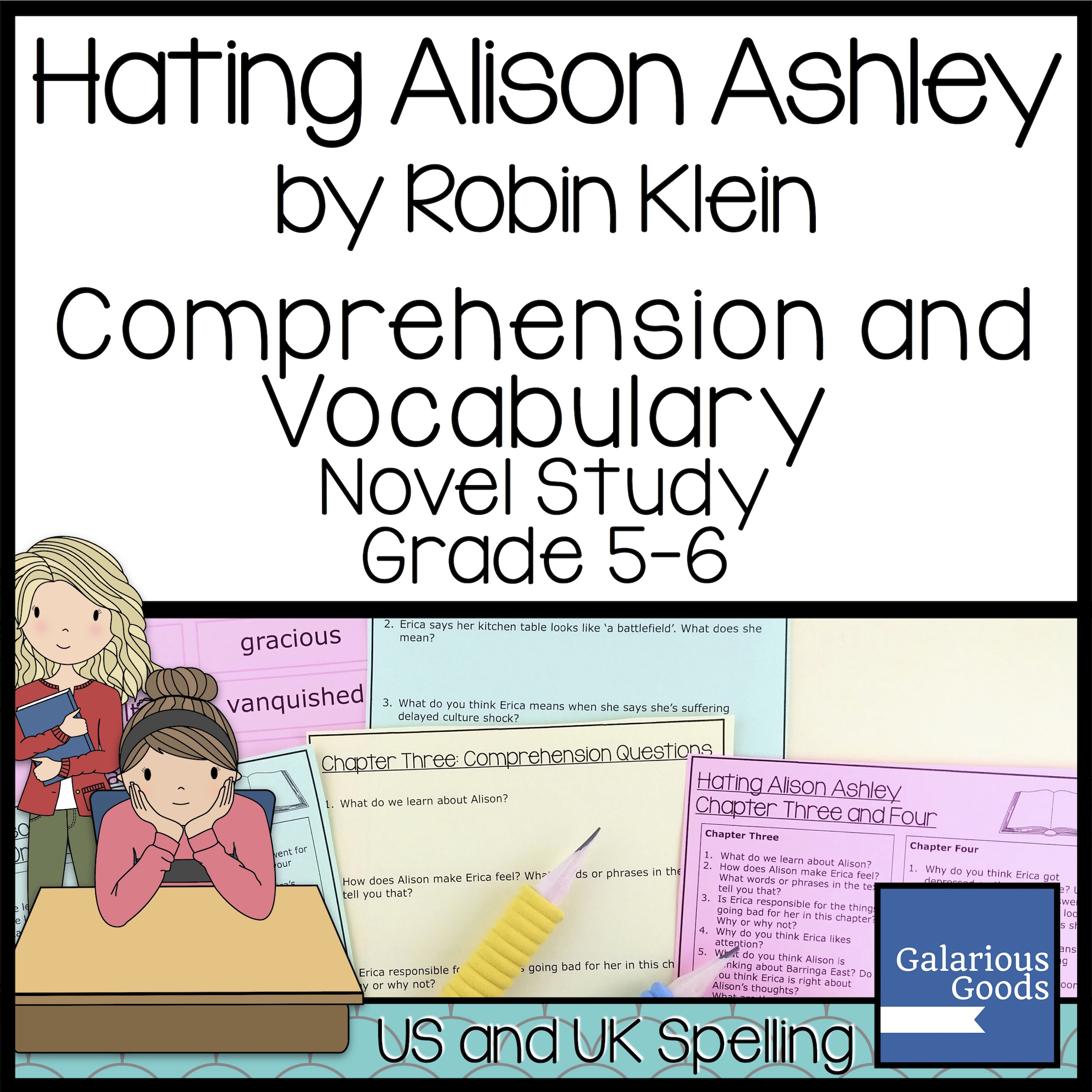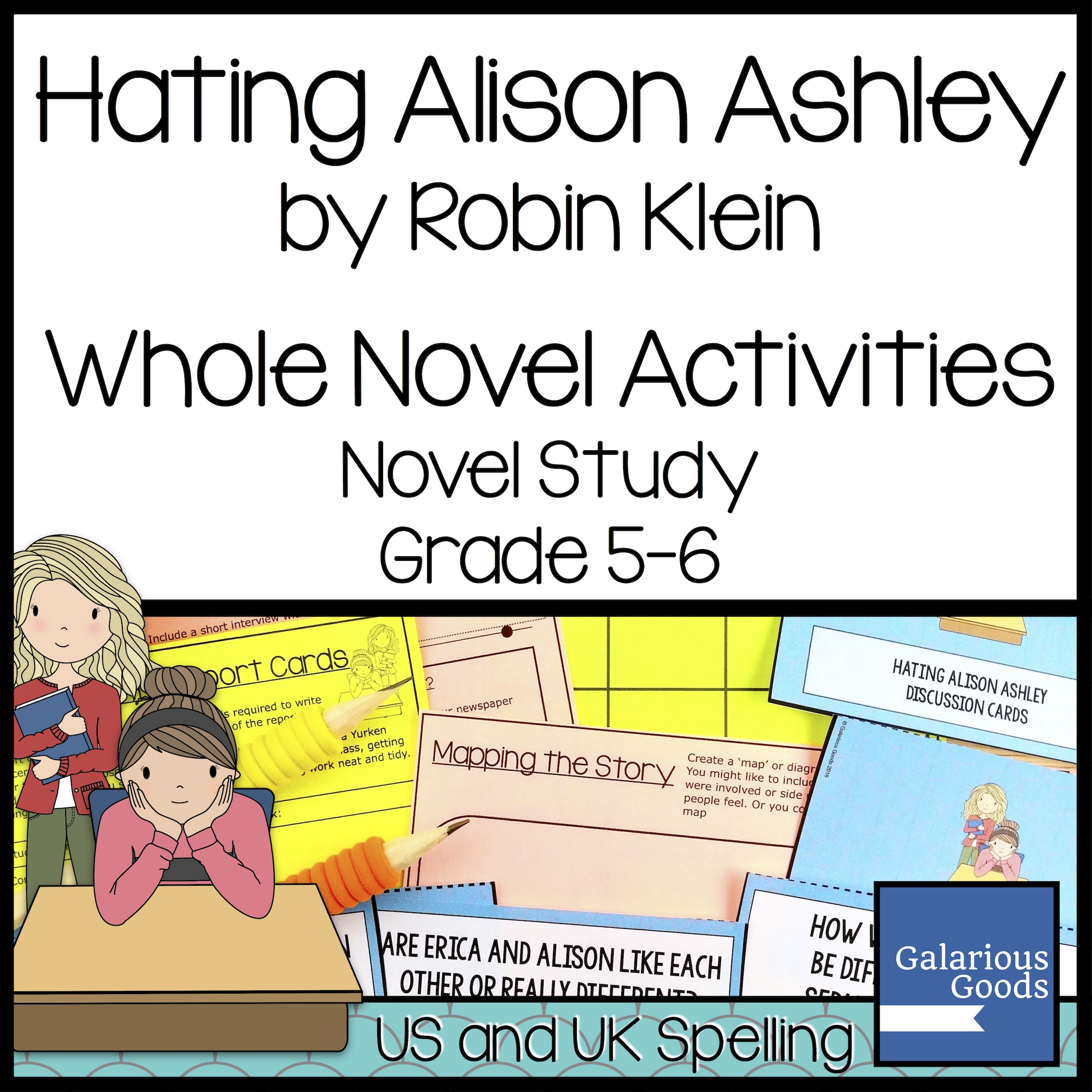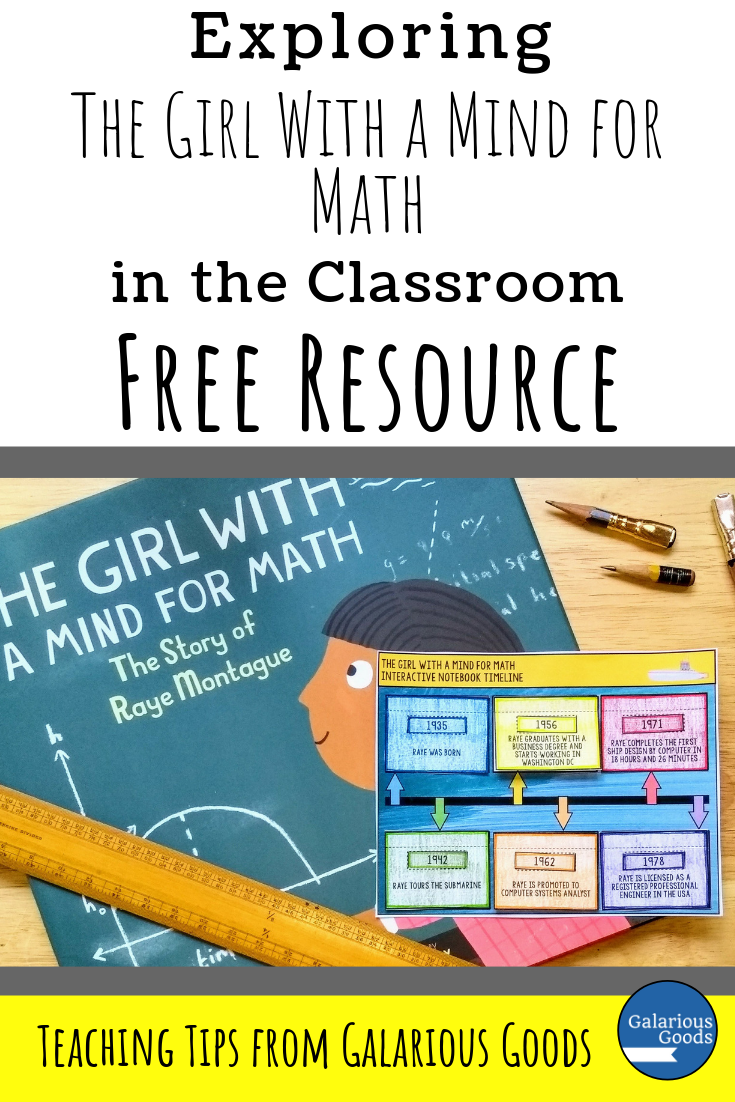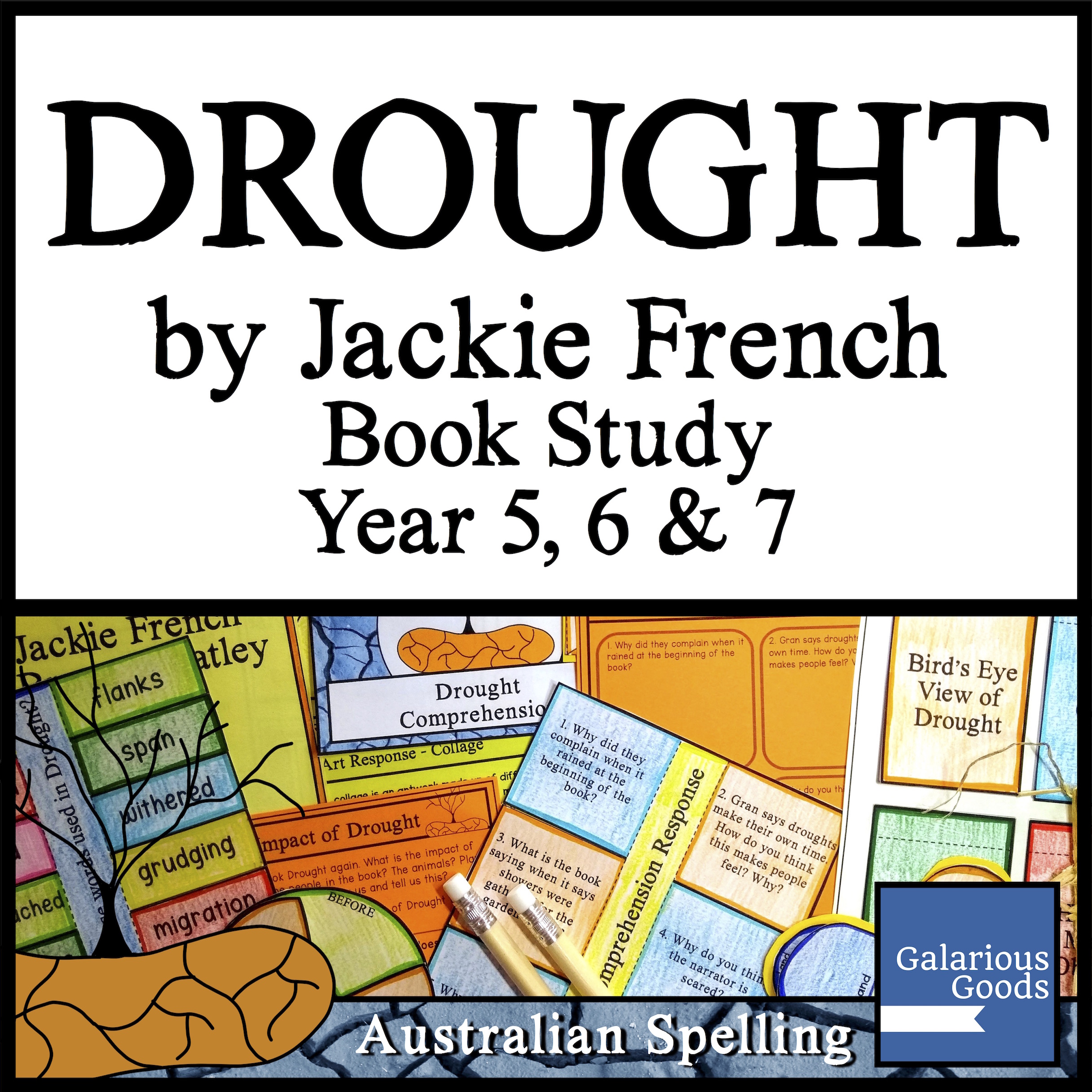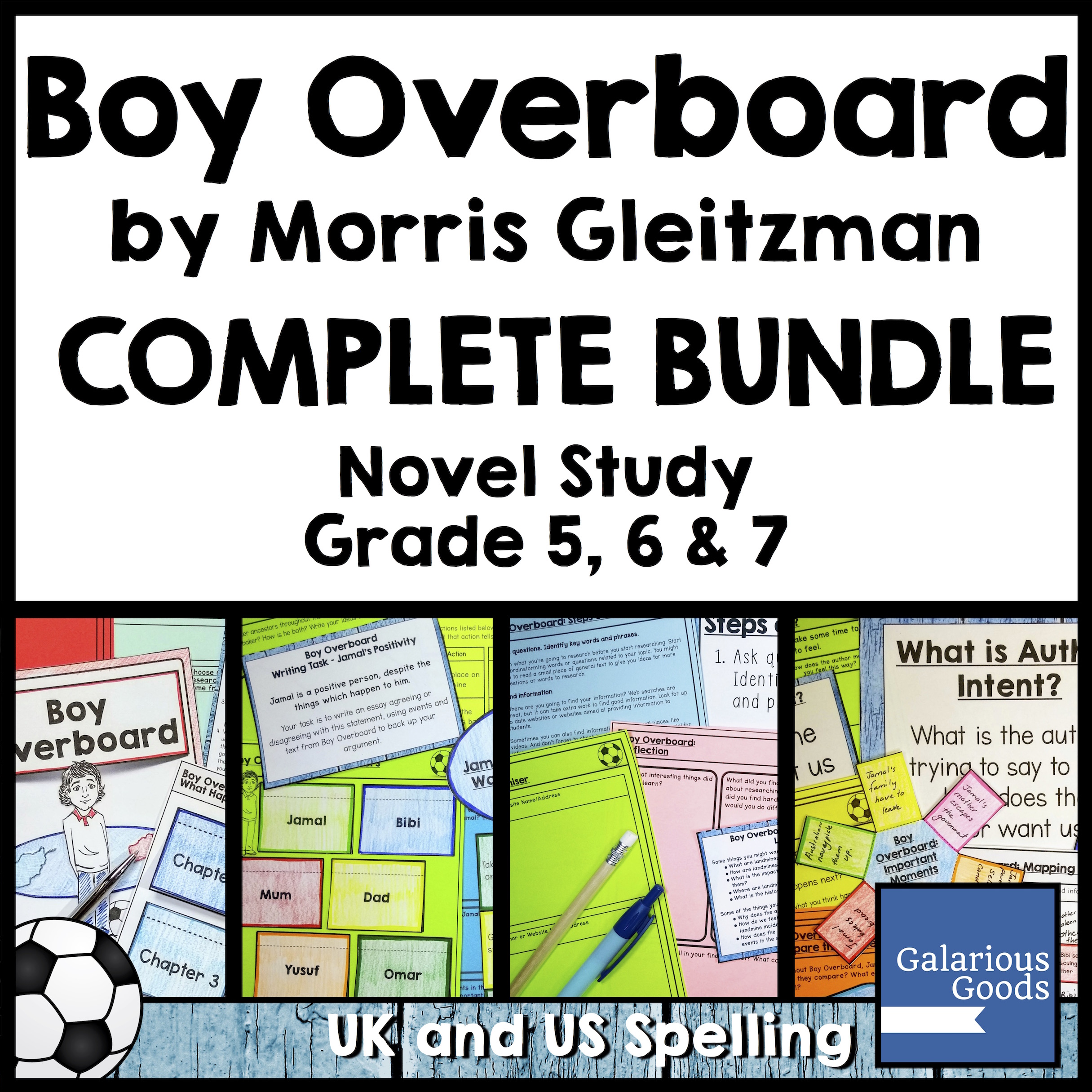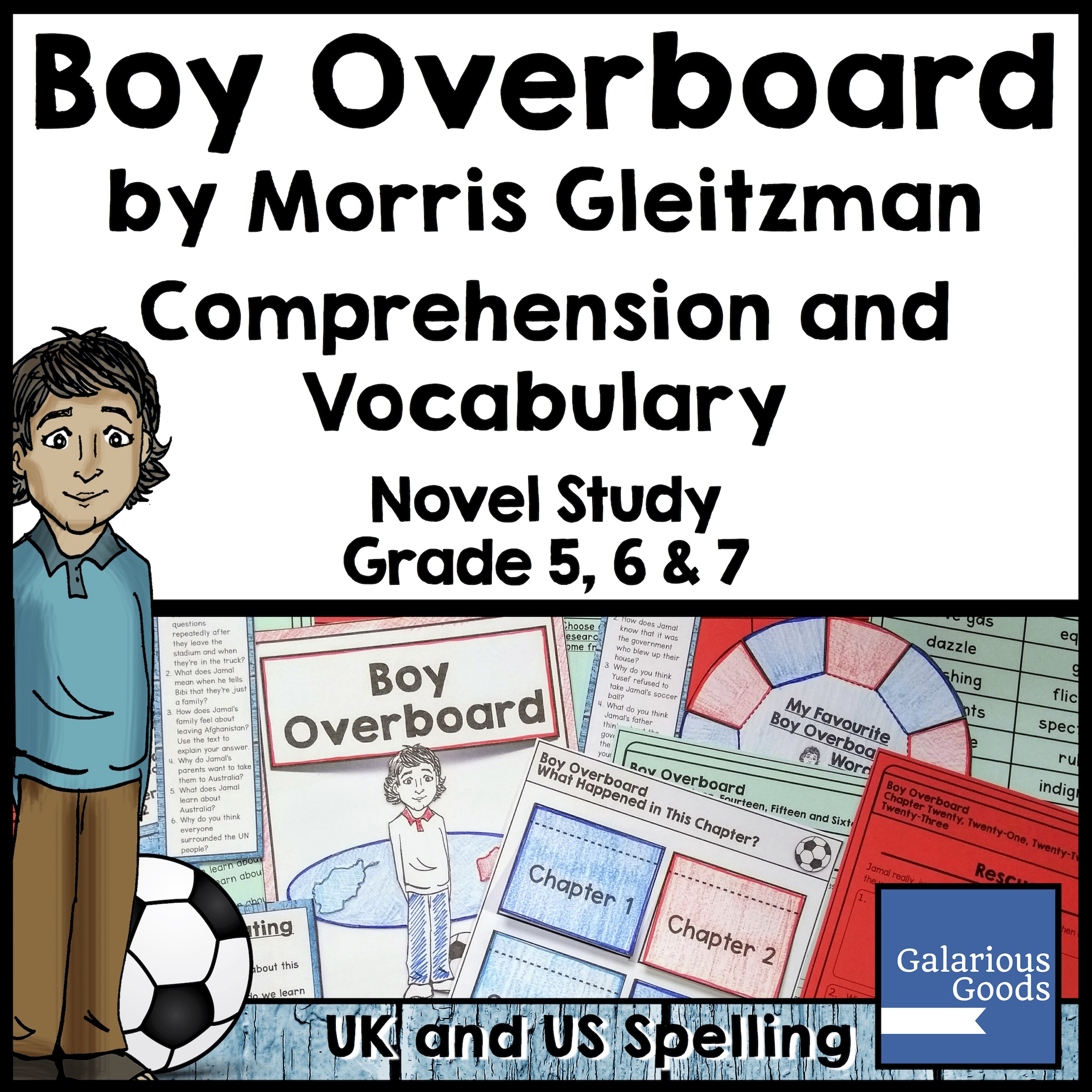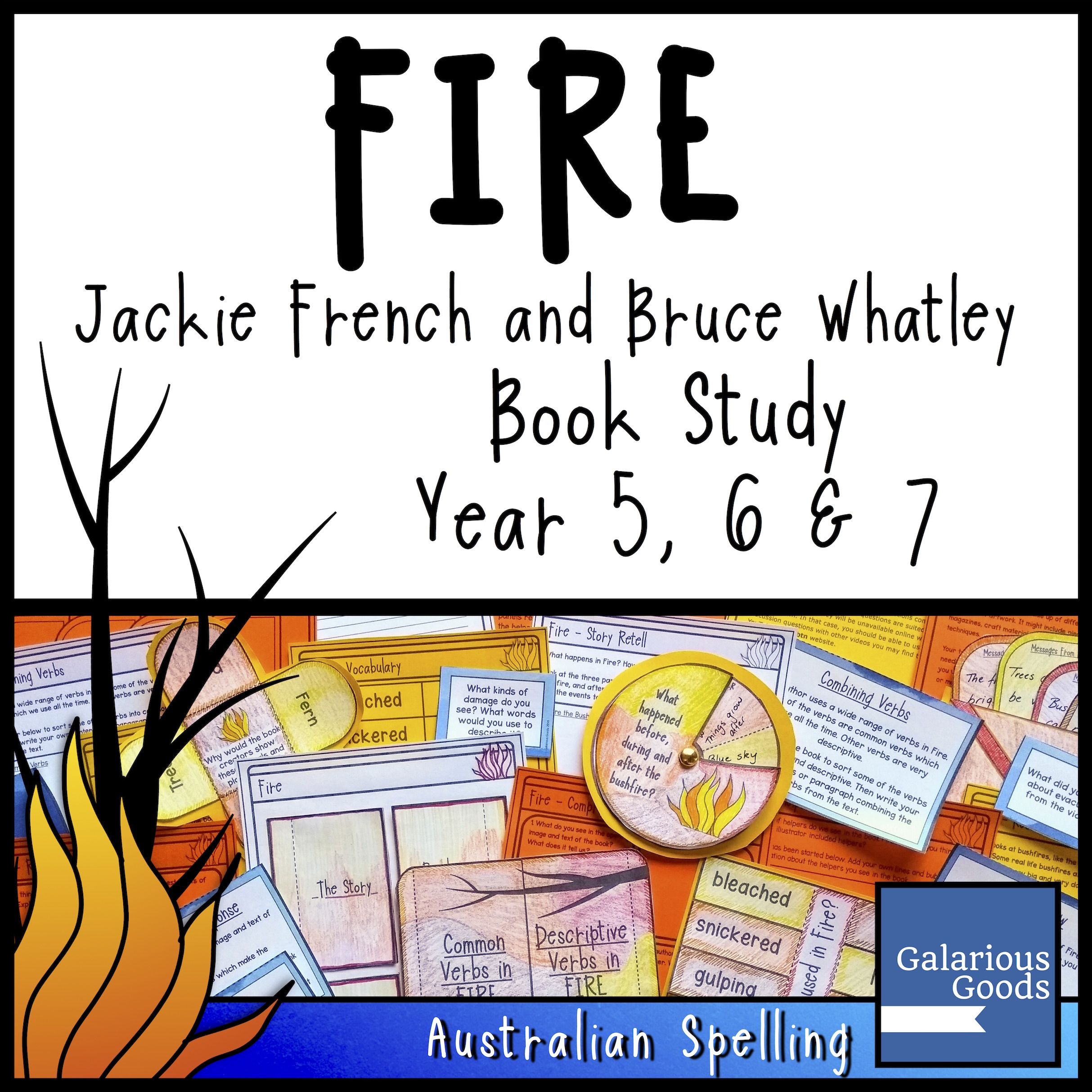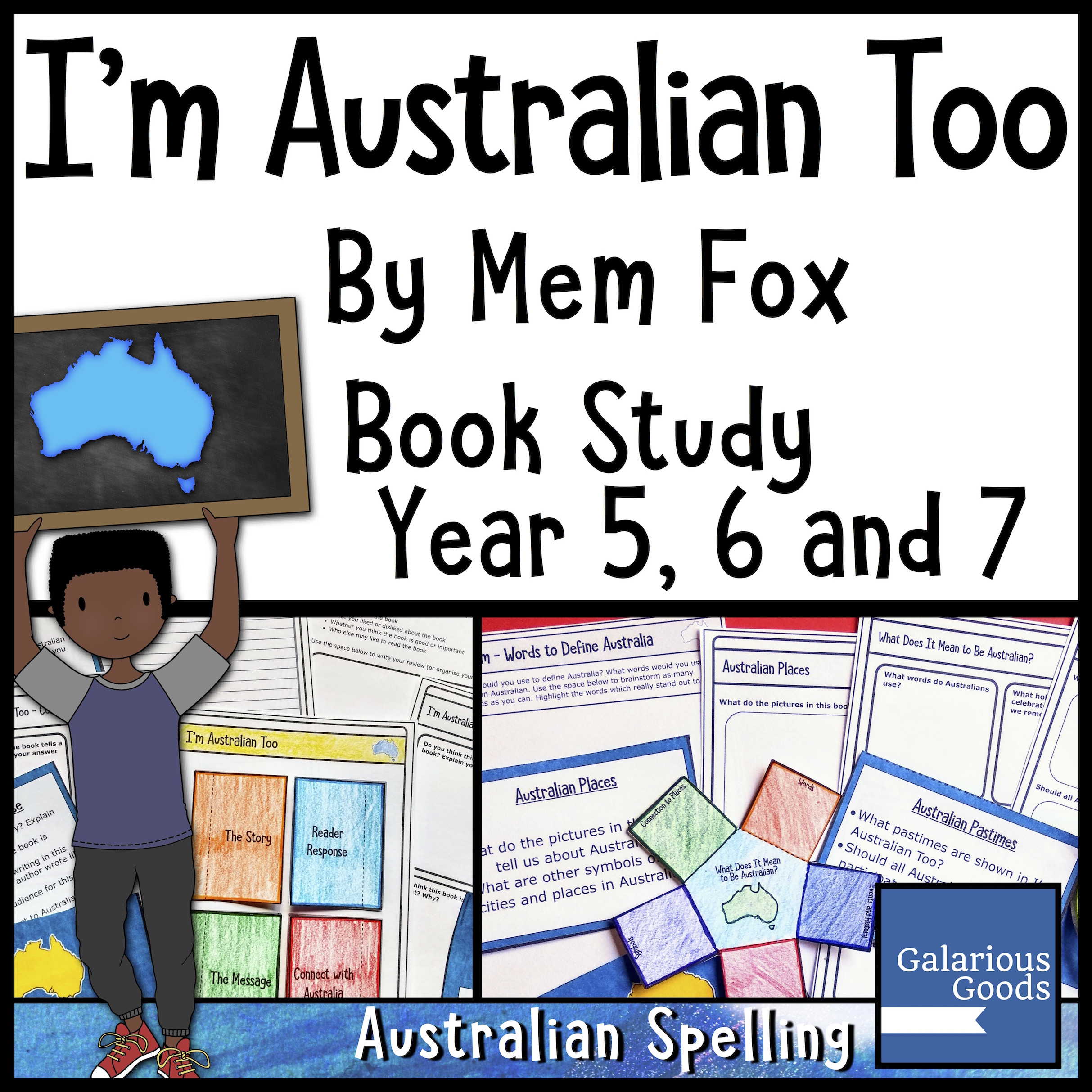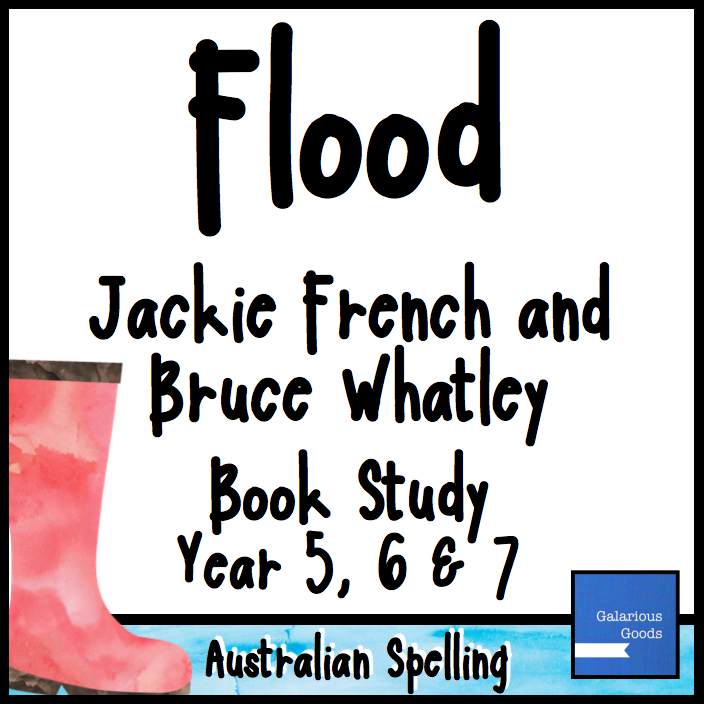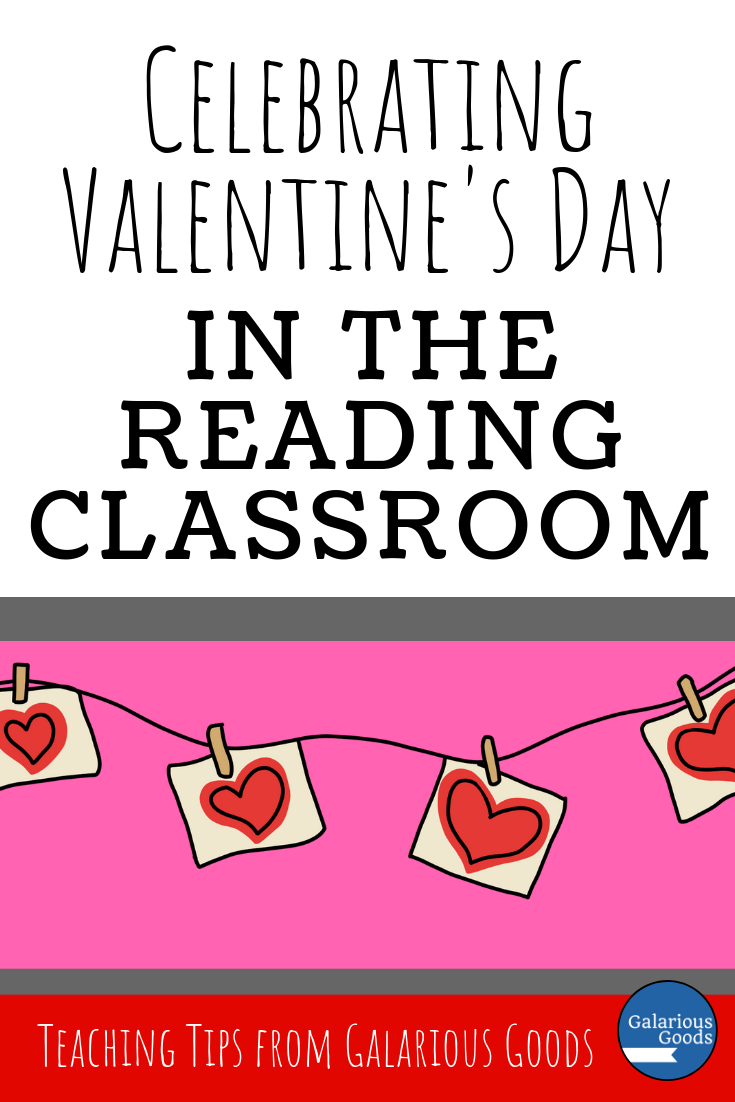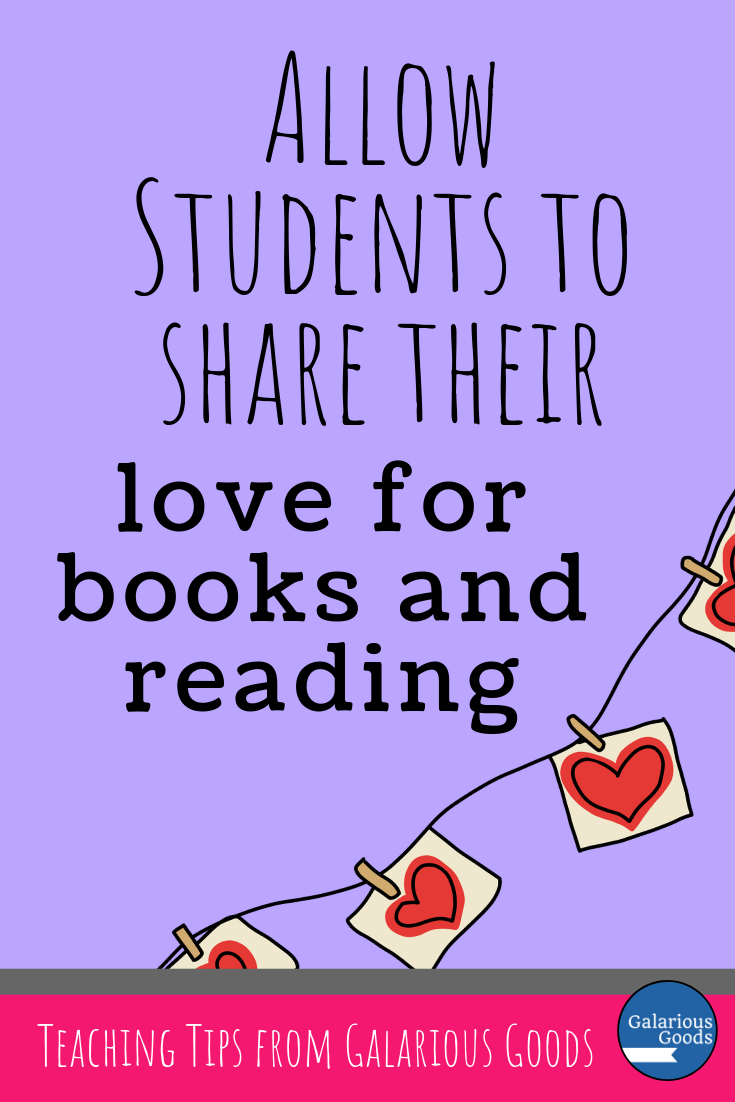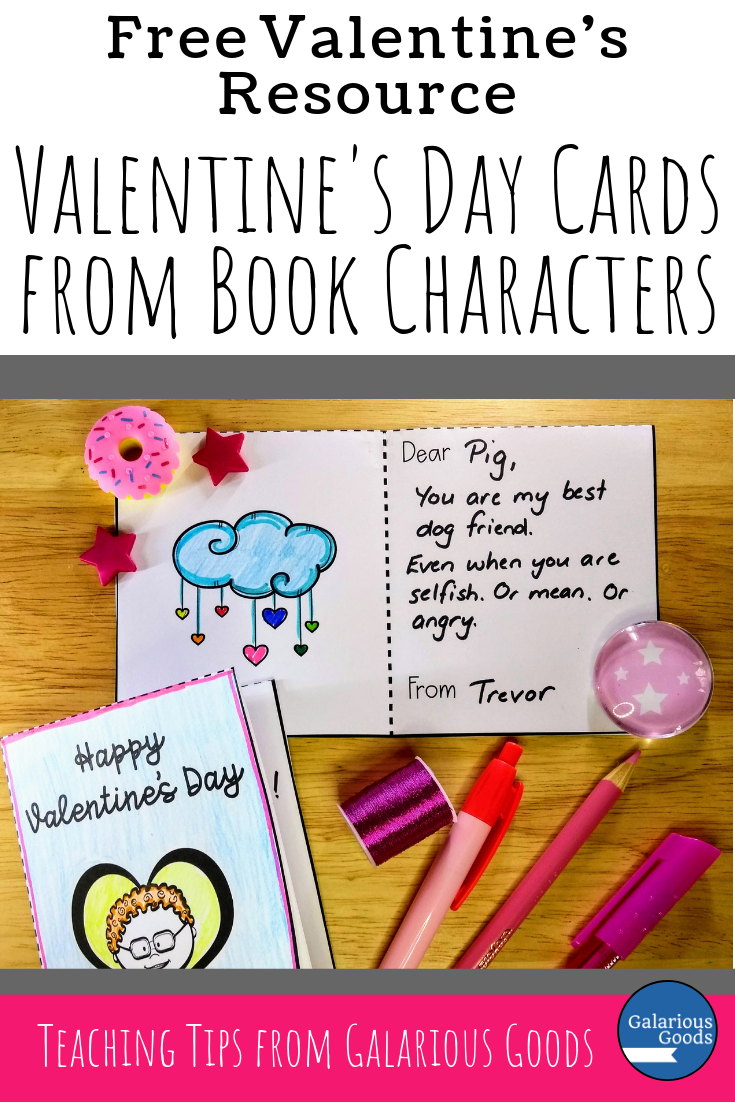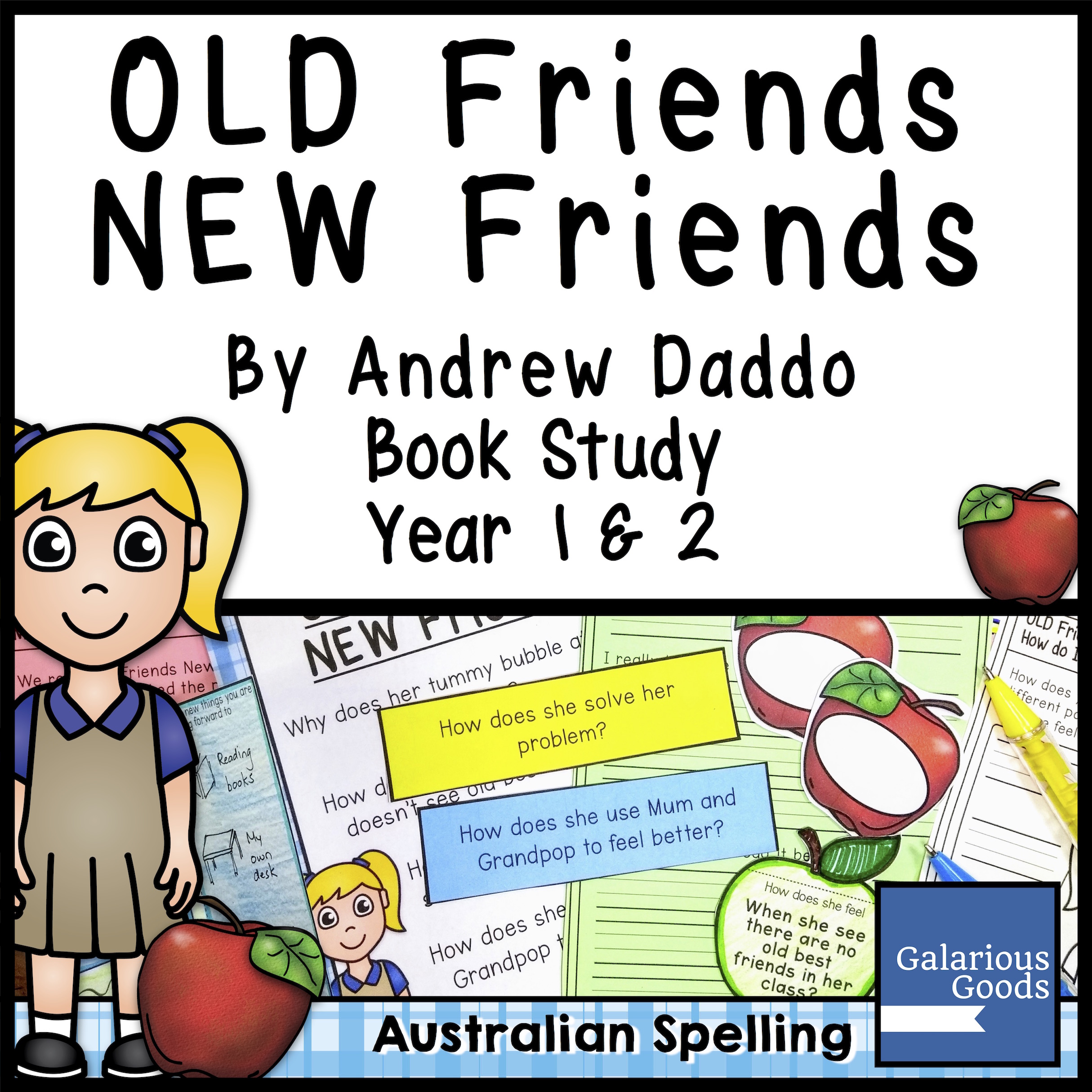Exploring the Plots of Picture Books with Triptychs
/One of the important skills you’re exploring picture books with your students is identifying what happens at the beginning, the middle and the end of the picture book. One art activity you can use to help with that is the triptych. Read on to learn more about this interesting way to demonstrate understanding.
What is a Triptych?
The word triptych is derived from a greek word meaning three-fold. Essentially it is an art work made up from three panels. Traditionally, these panels are connected by hinges, allowing the two side panels to fold in on top of the middle panel. They were first introduced in the middle ages as religious art work - their design allowed them to be folded and stored or carried to another place while being protected. They often tell a story and are intended to be read from the left to the right.
How Can You Use a Triptych to Discuss Plot?
Because a triptych tells a story in three parts, it’s the perfect art medium to discuss the beginning, the middle and the end of a picture book. Students look into the picture book to consider how they might portray the beginning, what elements of the story would be most important to focus on when looking at the middle of the story and how the story ends.
What Kind of Picture Books Will Work?
This is actually a great question to pose to students! Because you need to portray the beginning, the middle and the end, you do want a picture book which has those things! Some of the early childhood picture books which focus on repetitive text (like Where is the Green Sheep? or Dear Zoo) probably won’t work so well (though, you could challenge some particularly creative students to try!). A very long picture book with a lot of events may also be too difficult.
For younger students, you will probably want to concentrate on books with a clear beginning, middle and end. For example, the Pig the Pug books start with a set up, move into some form of disaster, then show us the conclusion. For older students, you may like to challenge them with more complex story structures, though they will probably also get a lot out of the clear beginning to end books as well.
What Do Students Need to Know When They’re Creating Their Triptych?
Like any art activity, students need to start by planning. They should think about what is important at the beginning, during the middle and at the end and then brainstorm ideas of how they can portray this.
Once they have planned this, students can begin drafting ideas for their triptych. How they do this will depend on the art medium they are using, but many students will begin by sketching their ideas before they start to work on their actual project.
Before students begin working on their good copy, they need to think about how they might be hinged together. Capturing ribbon between the artwork and a backing page is an easy way to create a flexible, but strong hinge, but you can always challenge students to create their own hinges using paper, cloth, ribbon or other materials.

